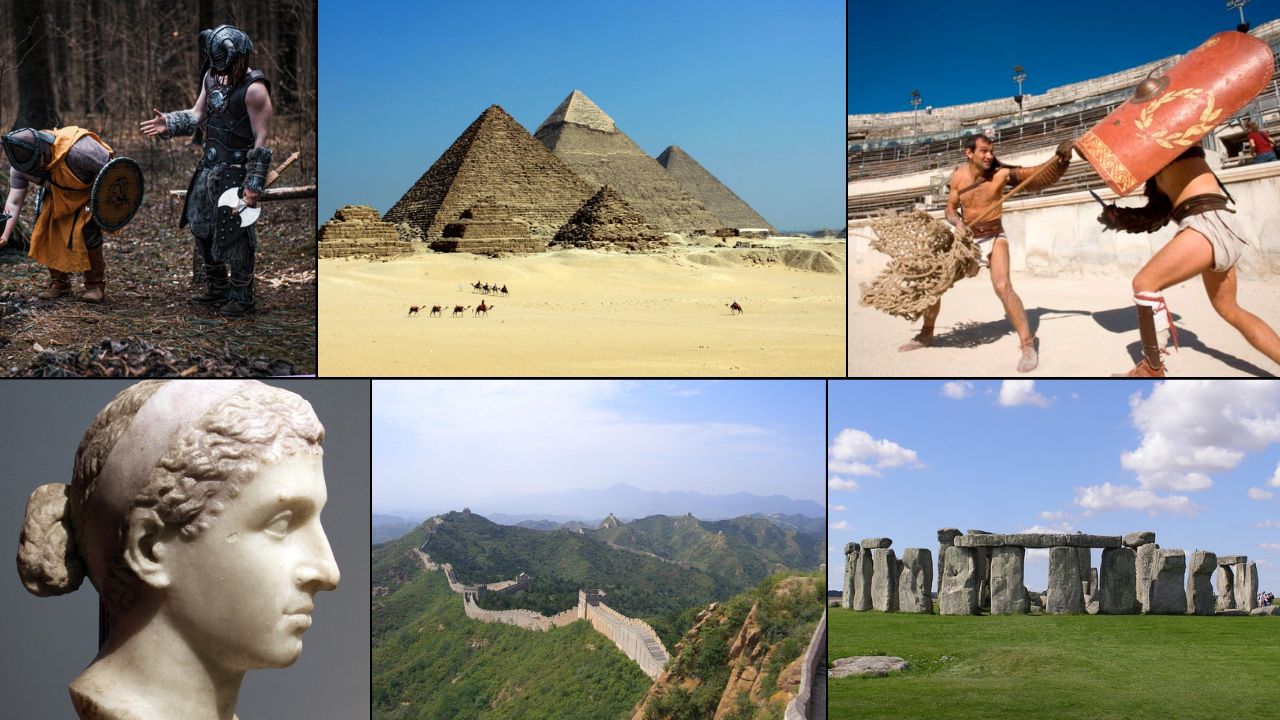Ancient civilizations have always fascinated people, but many myths surrounding them are based more on imagination than truth. Thanks to modern archaeology, carbon dating, and research across different fields, we now have clearer insights into what life was actually like. These discoveries don’t make the past any less exciting, but they help separate fact from long-standing fiction. Teens curious about history should know how myths can shape popular culture and how science works to uncover the real story.
1. The Pyramids Were Built by Slaves
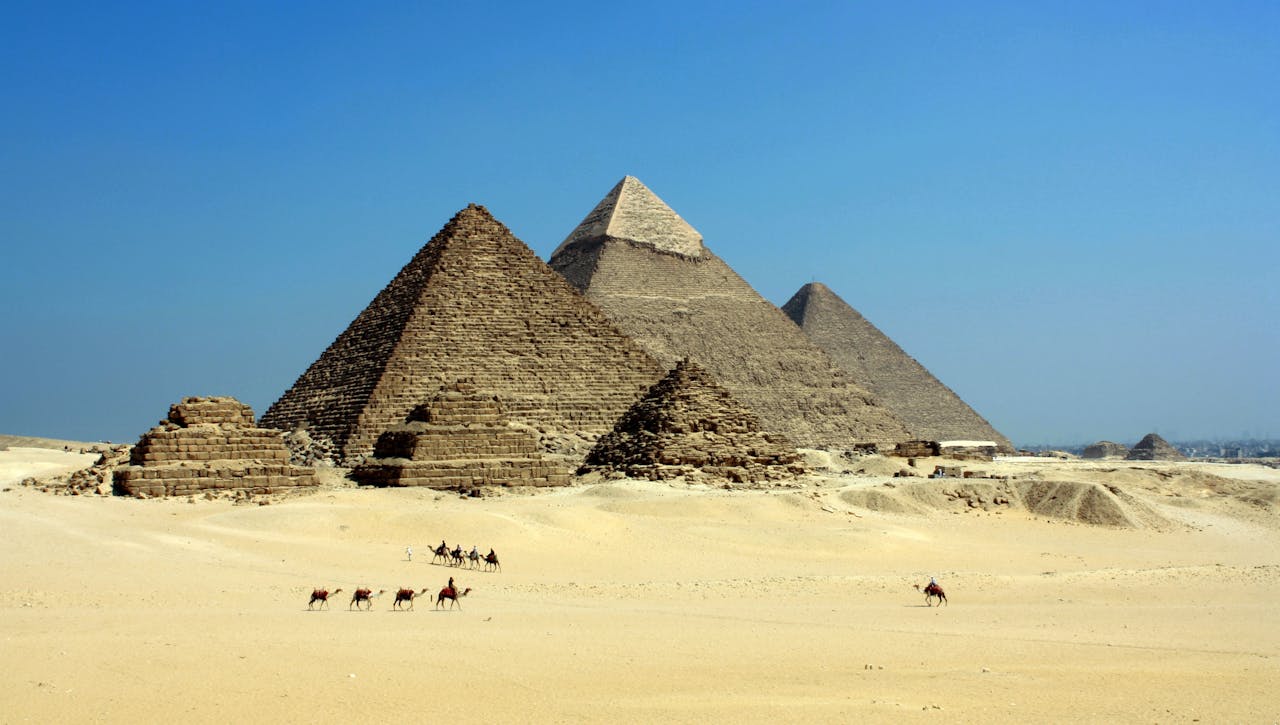
Movies often suggest enslaved people built Egypt’s pyramids, but excavations around Giza uncovered workers’ villages showing otherwise. Evidence of wages, food supplies, and housing proves these workers were skilled laborers who took pride in their craft. Their burial sites near the pyramids further confirm their respected status, which would not have been granted to slaves. This myth likely grew from old writings, but research shows it was free Egyptians who built these monuments, not an oppressed labor force.
2. Vikings Wore Horned Helmets
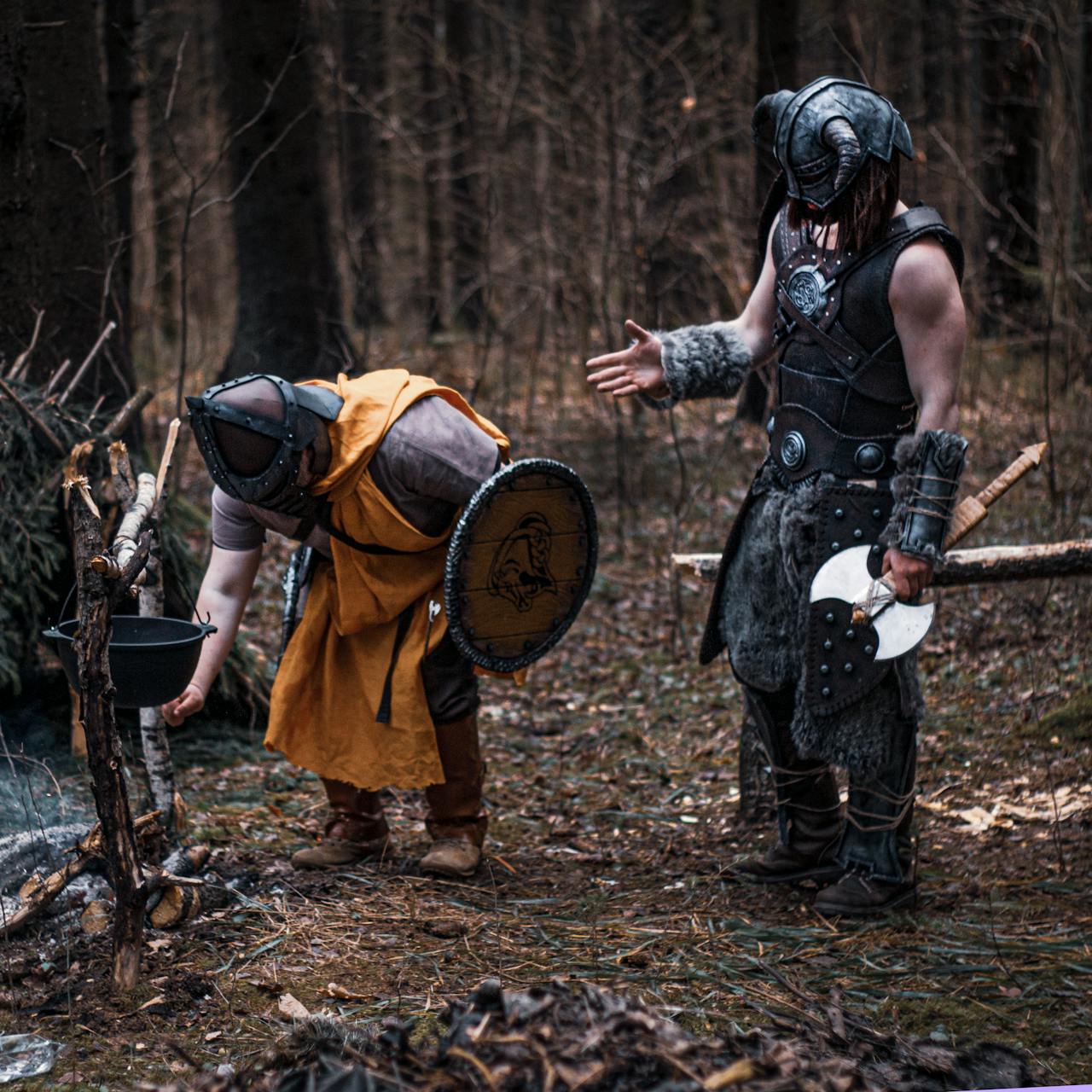
Popular culture often shows Vikings in horned helmets, yet no such helmets have been found in archaeological digs. Real Viking helmets were practical, made of iron, and shaped to protect in battle. The horned image started in the 19th century when opera costumes used them for dramatic effect. Museums and digs in Scandinavia prove horned helmets never existed for Viking warriors, but the false image still appears in media today.
3. Romans Always Used Vomitoriums to Purge Food
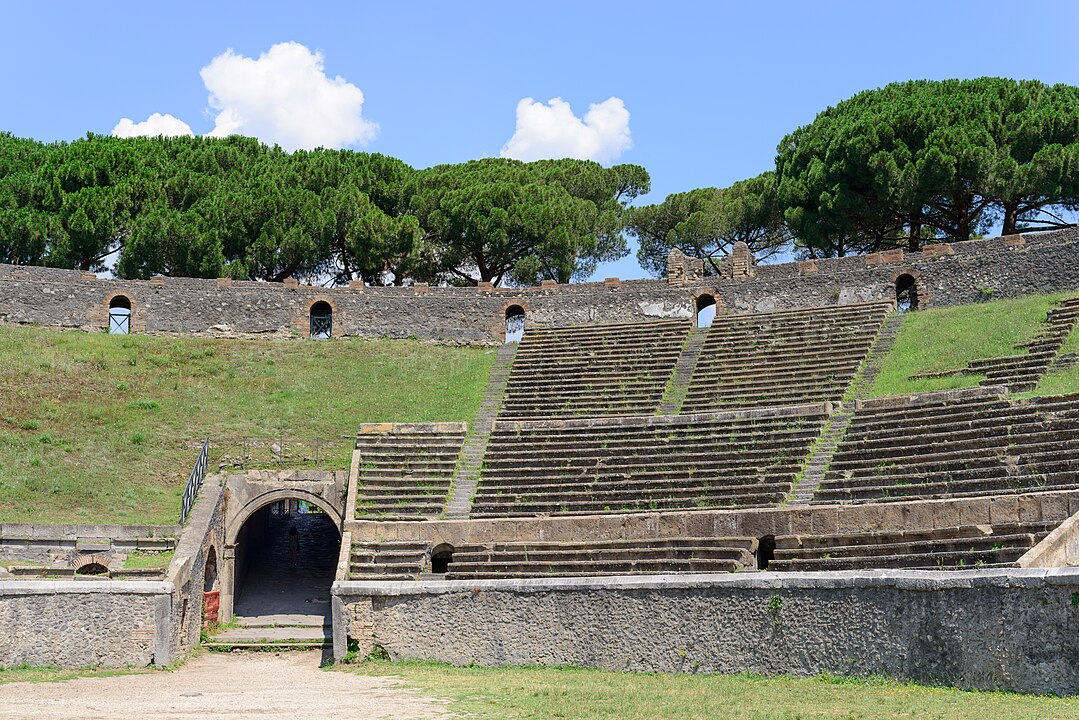
A common myth says Romans had special rooms to vomit after feasting. In reality, the word “vomitorium” referred to the entrances and exits of amphitheaters where crowds would “spew” out quickly. Archaeological studies and Roman texts confirm that no rooms were designed for purging meals. The idea was a later misunderstanding of Latin, but it became popular in stories about Roman excess.
4. People in the Middle Ages Thought the Earth Was Flat
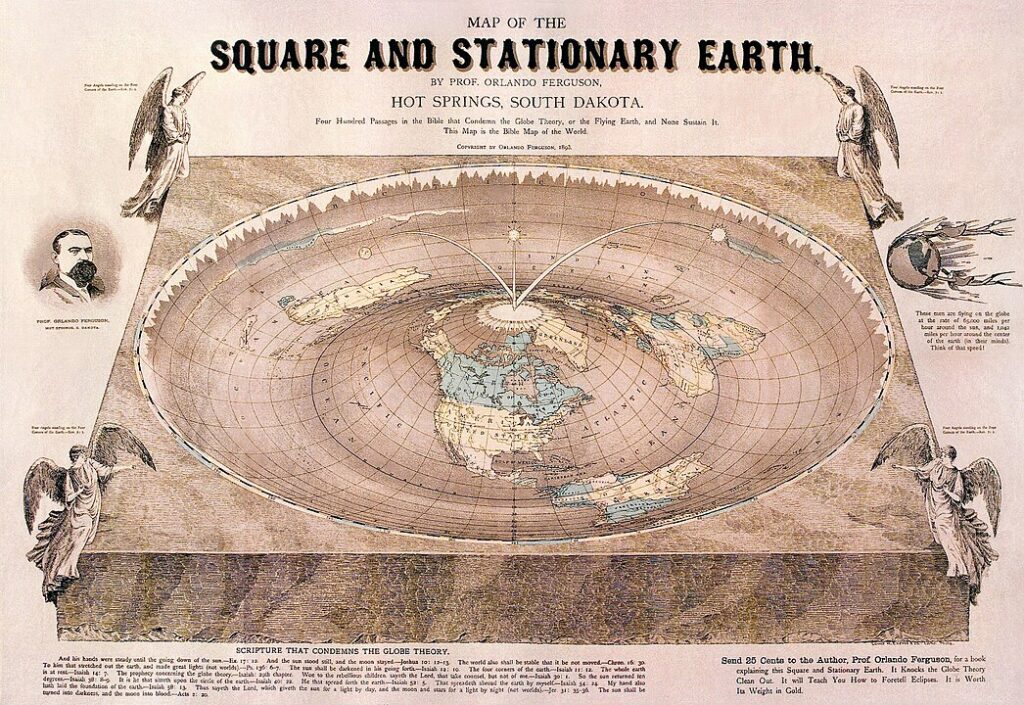
The belief that medieval Europeans thought the Earth was flat is untrue. Writings from scholars like Thomas Aquinas and records from universities in Paris show that the spherical Earth was already accepted knowledge. Sailors and navigators also relied on this fact. The myth started centuries later when writers exaggerated medieval ignorance. Research into medieval manuscripts reveals they understood Earth’s round shape long before Columbus sailed.
5. Cleopatra Was Egyptian
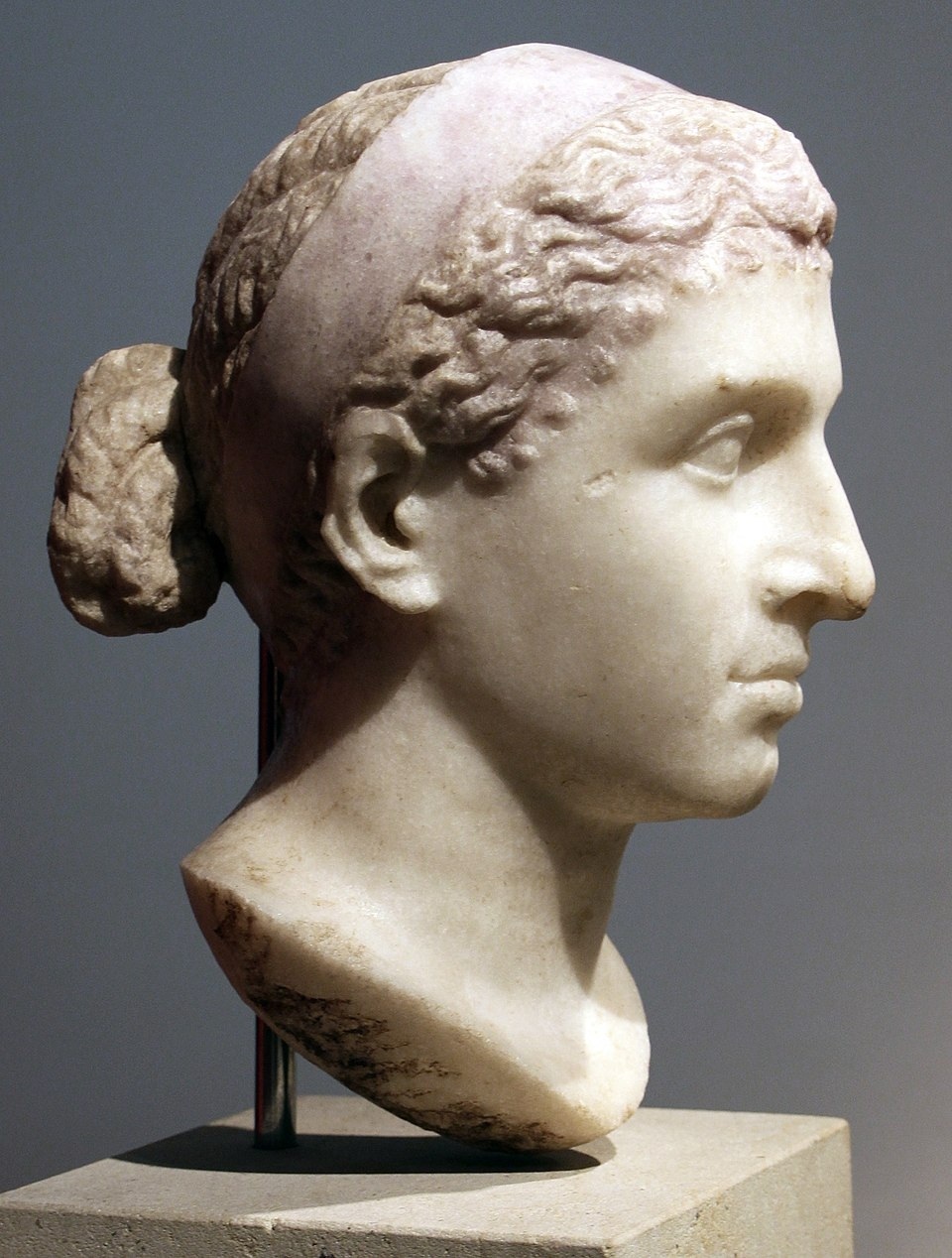
Cleopatra is often portrayed as fully Egyptian, but historical records and DNA evidence trace her ancestry to the Ptolemaic dynasty from Macedonia. While she ruled Egypt and embraced Egyptian culture, her bloodline was Greek. This blending of identities made her unique as both a foreign-born ruler and a leader who connected deeply with Egyptian traditions. The myth of Cleopatra as “purely Egyptian” shows how history often simplifies complex identities.
6. The Great Wall of China Is Visible from Space

Many people believe astronauts can see the Great Wall of China from space. Photos from the International Space Station show it is actually very difficult to spot without aid, since the wall blends into natural surroundings. NASA confirms this through astronaut reports, explaining that rivers, cities, and highways are much easier to see than the Wall. This myth spread through books and speeches but has been corrected with direct space imagery.
7. Mayan Civilization Predicted the 2012 Apocalypse
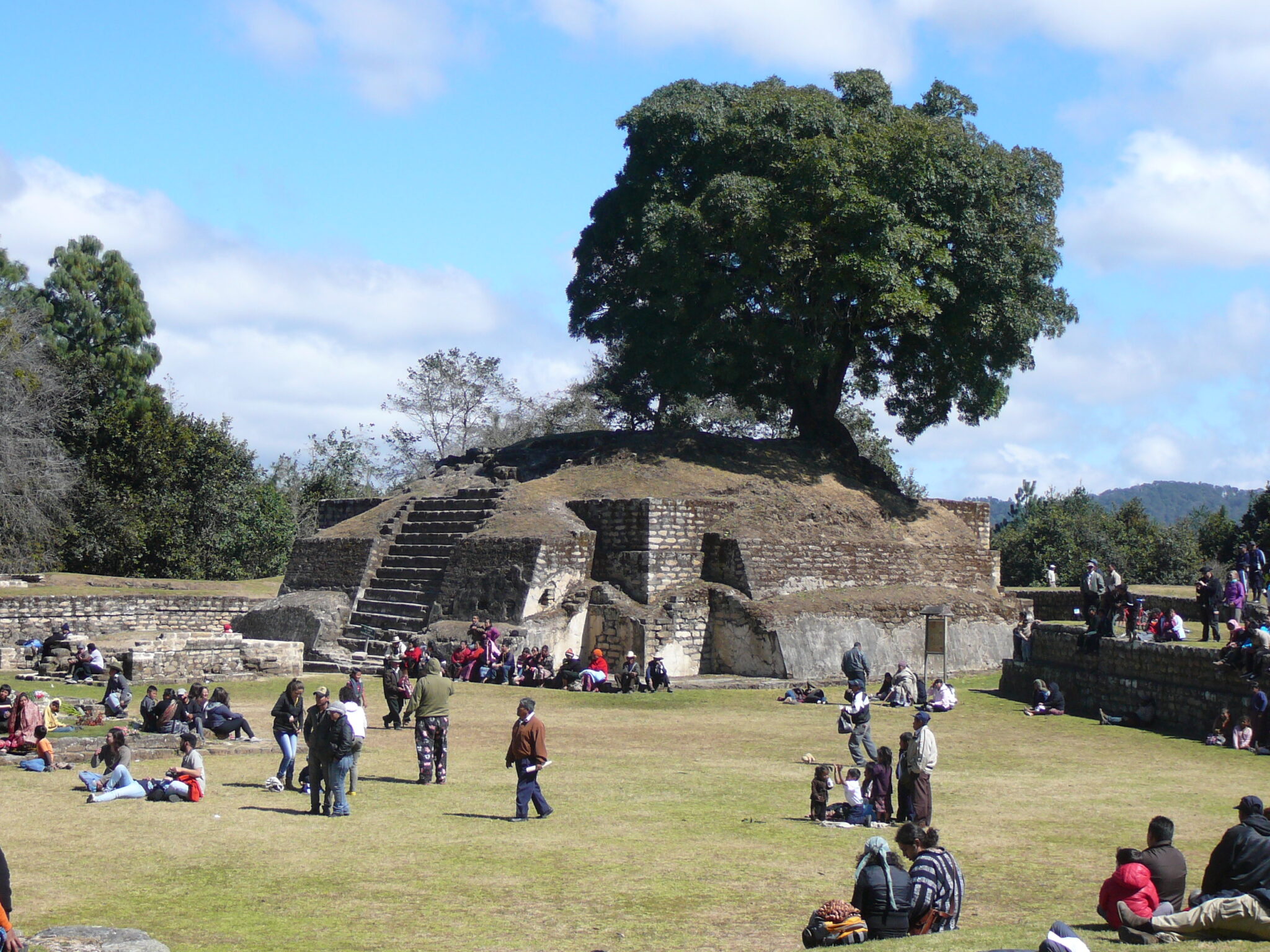
The claim that Mayans predicted the world would end in 2012 came from misinterpreting their calendar. Archaeologists studying Mayan inscriptions explain that December 2012 marked the end of a calendar cycle, not humanity. In Mayan culture, time was cyclical, so the date signaled renewal rather than destruction. Research of Mayan codices and stelae proves there is no evidence that they expected an apocalyptic event.
8. Stonehenge Was Built by Druids
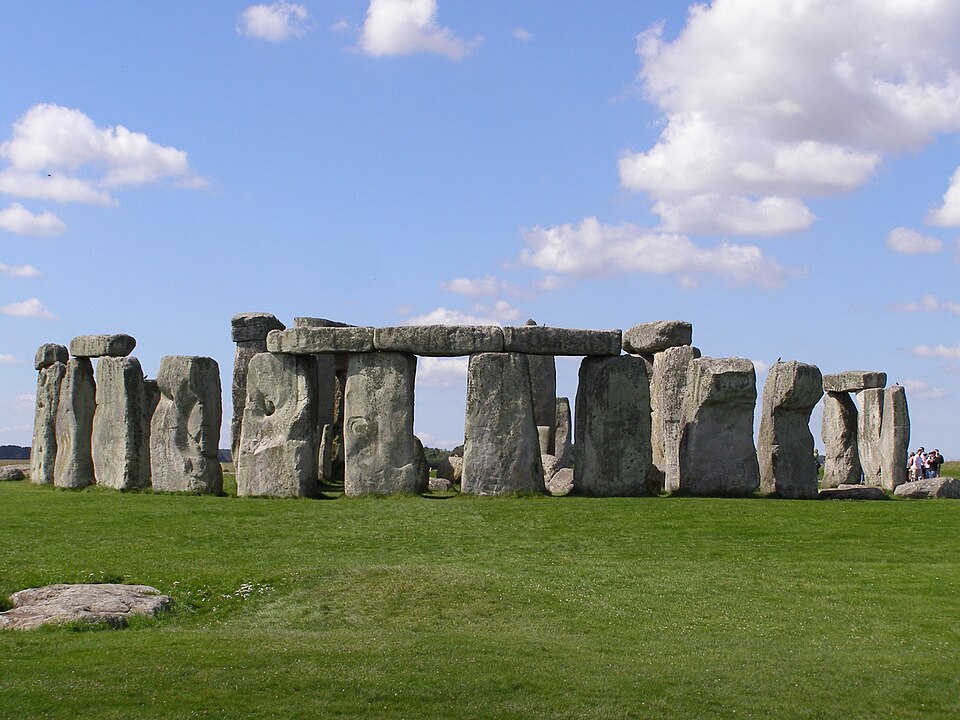
Stonehenge is often linked with Celtic Druids, but radiocarbon dating shows the monument is much older, built around 2500 BCE. Druids appeared over a thousand years later, making it impossible for them to have constructed it. Archaeological digs at Stonehenge reveal the use of Neolithic tools and burial practices, connecting it with prehistoric people instead. The Druid connection came from 17th and 18th-century writers who tried to explain the site before modern science.
9. Gladiators Fought to the Death in Every Battle
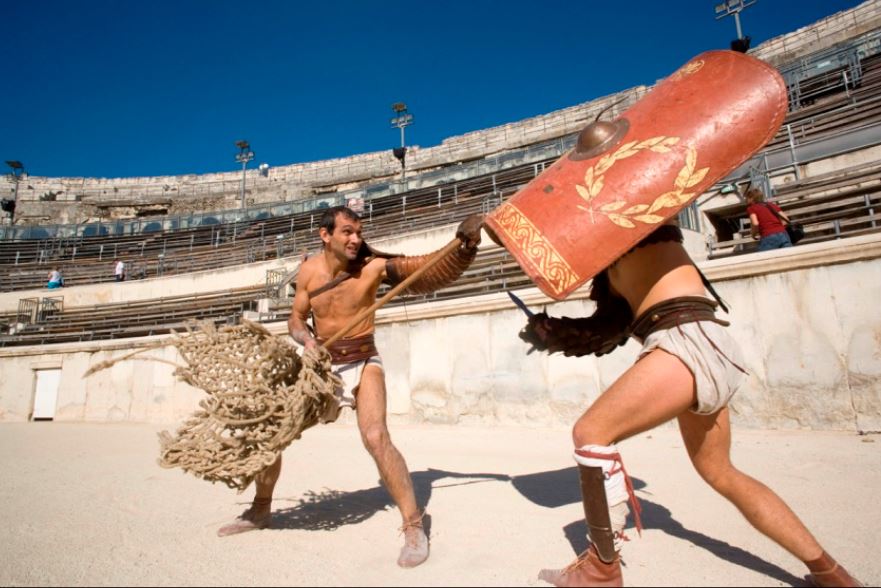
Hollywood often shows gladiators always fighting until someone dies, but inscriptions and Roman records reveal otherwise. Gladiators were valuable investments, and most contests ended before death. Evidence from ancient arenas and skeleton studies confirms that serious injuries happened, but survival was common. Matches were about skill, not constant bloodshed. The myth comes from exaggerated stories passed down to dramatize Roman entertainment.
10. Ancient People Had Short Lifespans Because They Were Weak
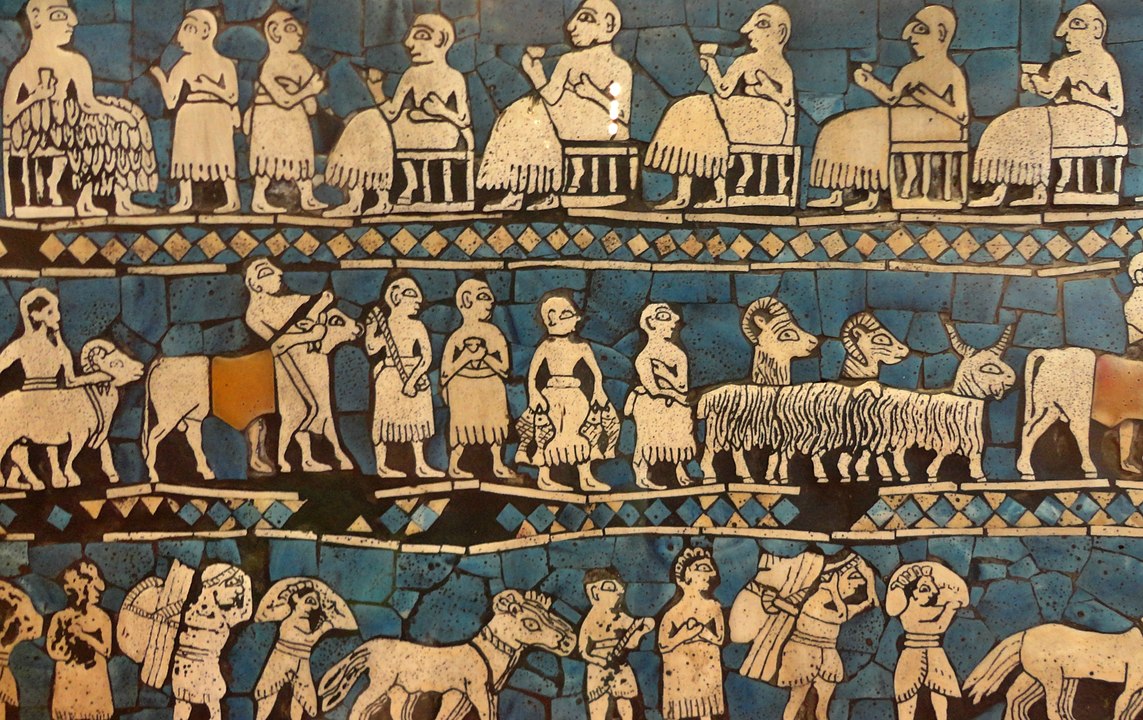
It is often said that ancient people only lived into their 30s, but that number is misleading. High infant mortality rates lowered average life expectancy, yet many adults lived into their 60s or 70s if they survived childhood. Archaeological studies of skeletal remains confirm long adult lifespans were not unusual. The myth persists because averages are confused with actual adult survival.
11. Ancient Cities Were Always Dirty and Unsafe
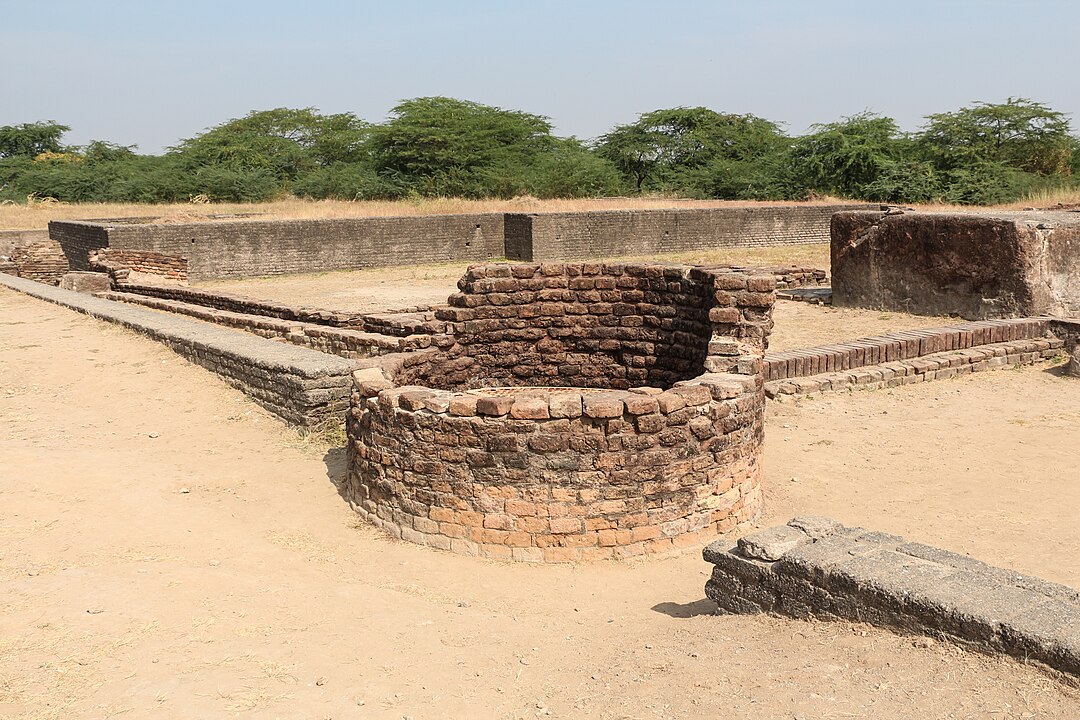
While sanitation was a challenge, many ancient cities had surprisingly advanced systems. Rome built aqueducts and sewer systems that rivaled later medieval towns. Excavations in the Indus Valley reveal grid planning and drainage systems, showing how ancient engineers valued cleanliness. Although disease was present, the image of ancient cities as completely filthy is an exaggeration that modern archaeology continues to correct.
12. The Library of Alexandria’s Fire Destroyed All Ancient Knowledge
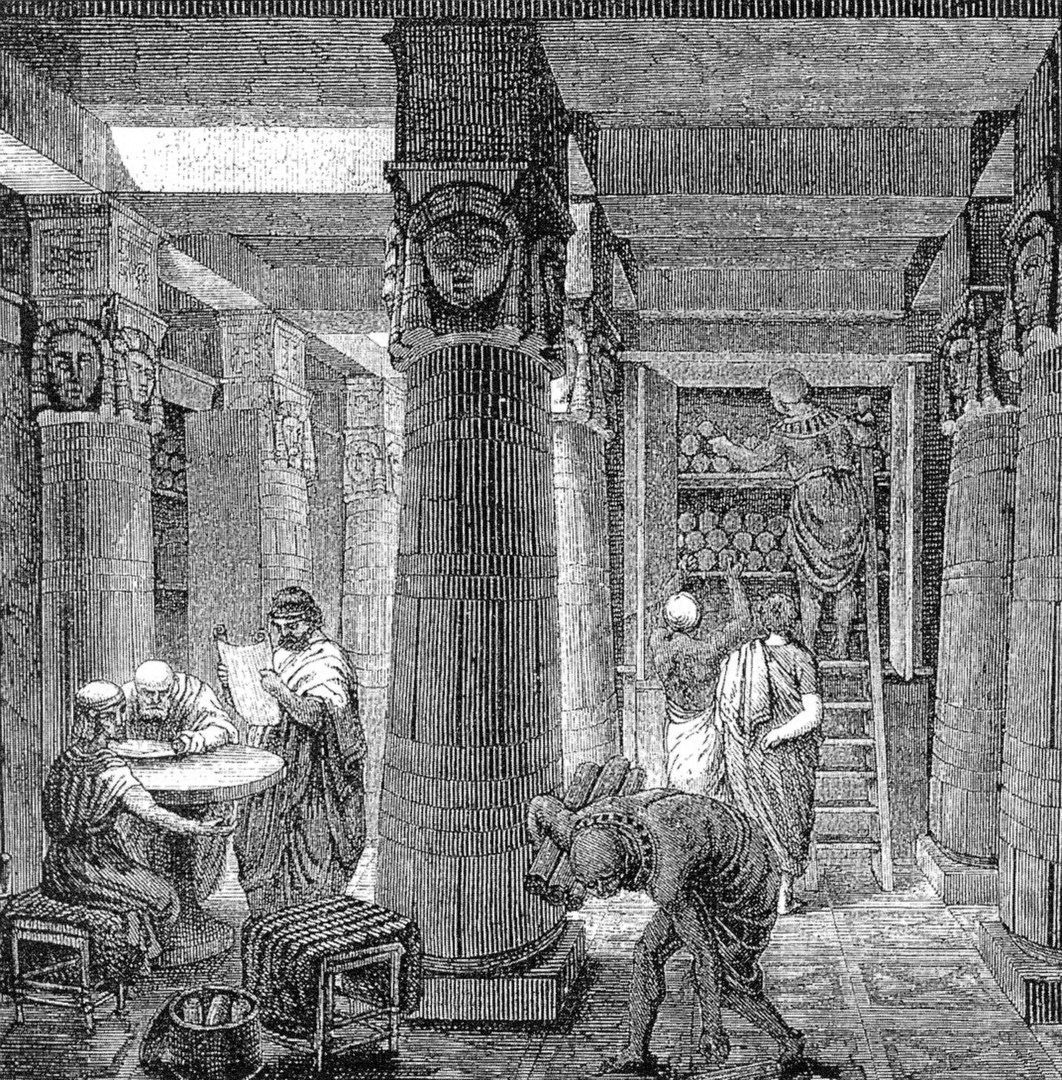
The story that the burning of the Library of Alexandria erased all ancient knowledge is dramatic but inaccurate. Historians explain that many texts were stored in multiple copies across the Mediterranean. Surviving works from Greece, Rome, and Egypt prove that knowledge did not vanish entirely. While the library’s damage was significant, research shows intellectual traditions were carried on in other centers like Constantinople and Baghdad.
